Invented by David A. Eavarone, Jeffrey Behrens, Jillian M. Prendergast, Bo R. Rueda, Rosemary Foster, Kristen D. Starbuck, General Hospital Corp, Seagen Inc
Traditional cancer treatments, such as chemotherapy and radiation therapy, primarily target rapidly dividing cancer cells. However, these therapies often fail to eliminate CSCs, leading to tumor recurrence and metastasis. Therefore, there is a growing need for novel therapeutic strategies that specifically target and eradicate CSCs, ultimately improving patient outcomes.
The market for compositions targeting CSCs is driven by several factors. Firstly, the rising incidence of cancer worldwide has created a significant demand for more effective treatments. According to the World Health Organization (WHO), cancer is the second leading cause of death globally, with approximately 9.6 million deaths in 2018 alone. This alarming statistic highlights the urgent need for innovative therapies that can combat this devastating disease.
Secondly, the increasing understanding of CSC biology and their role in tumor progression has fueled the development of targeted therapies. Researchers have identified specific markers and signaling pathways associated with CSCs, providing potential targets for drug development. This knowledge has paved the way for the design of compositions and methods that selectively target CSCs while sparing normal cells, minimizing side effects, and improving patient quality of life.
Moreover, the market for compositions targeting CSCs is supported by advancements in technology and drug delivery systems. Nanoparticle-based drug delivery systems, for example, offer enhanced specificity and efficacy in delivering therapeutic agents directly to CSCs. These systems can overcome the challenges associated with conventional drug delivery, such as poor bioavailability and off-target effects.
Pharmaceutical companies and biotechnology firms are actively investing in research and development to capitalize on the growing market for compositions targeting CSCs. Collaborations between academia and industry are fostering the translation of promising preclinical findings into clinical trials and ultimately, commercial products. The market is witnessing a surge in partnerships, licensing agreements, and mergers and acquisitions, as companies strive to gain a competitive edge in this rapidly evolving field.
However, several challenges must be addressed to fully exploit the potential of compositions targeting CSCs. Firstly, the identification of reliable CSC markers and signaling pathways remains a complex task, as CSCs exhibit heterogeneity and plasticity. Robust biomarkers are crucial for patient stratification and monitoring treatment response.
Additionally, the development of effective and safe therapeutic agents that specifically target CSCs is a significant hurdle. Many potential drugs have shown promising results in preclinical studies but fail to demonstrate efficacy in clinical trials. The high attrition rate in drug development necessitates substantial investments and a comprehensive understanding of CSC biology to identify successful candidates.
In conclusion, the market for compositions, methods, and compositions targeting cancer stem cells is expanding rapidly, driven by the need for more effective cancer treatments and advancements in technology. The market offers significant opportunities for pharmaceutical companies and biotechnology firms to develop innovative therapies that specifically target CSCs, potentially revolutionizing cancer treatment and improving patient outcomes. However, overcoming challenges associated with CSC heterogeneity, biomarker identification, and drug development is crucial for the successful translation of these promising approaches into clinical practice.
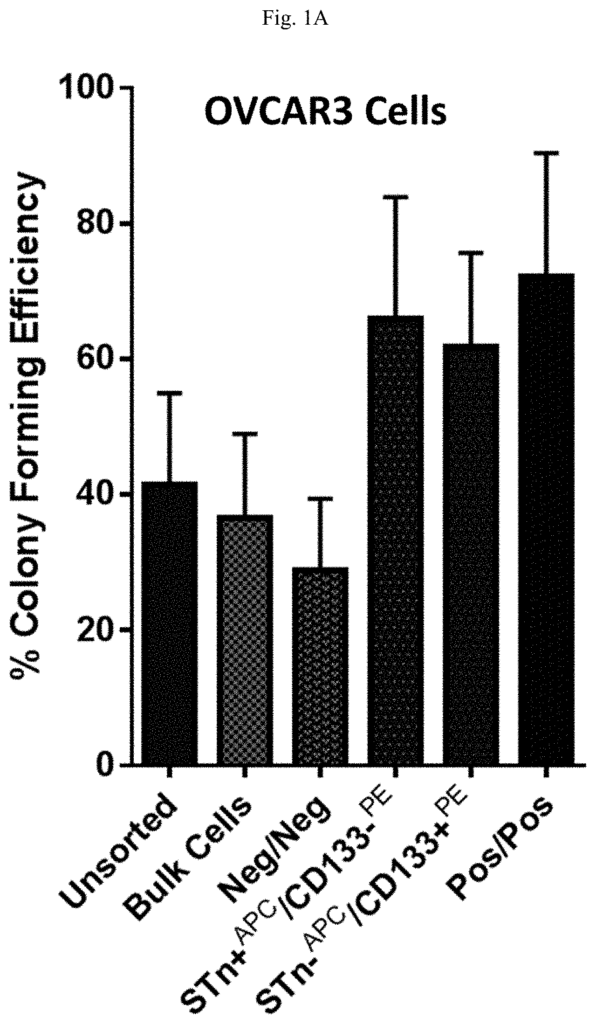
The General Hospital Corp, Seagen Inc invention works as follows
Compositions and methods to treat ovarian cancer have been provided. The methods include a combination of chemotherapeutics and anti-STn antibody treatment. It is possible to reduce chemotherapy resistant ovarian tumor cells. Cancer stem cells could be present in chemotherapy resistant ovarian cells.
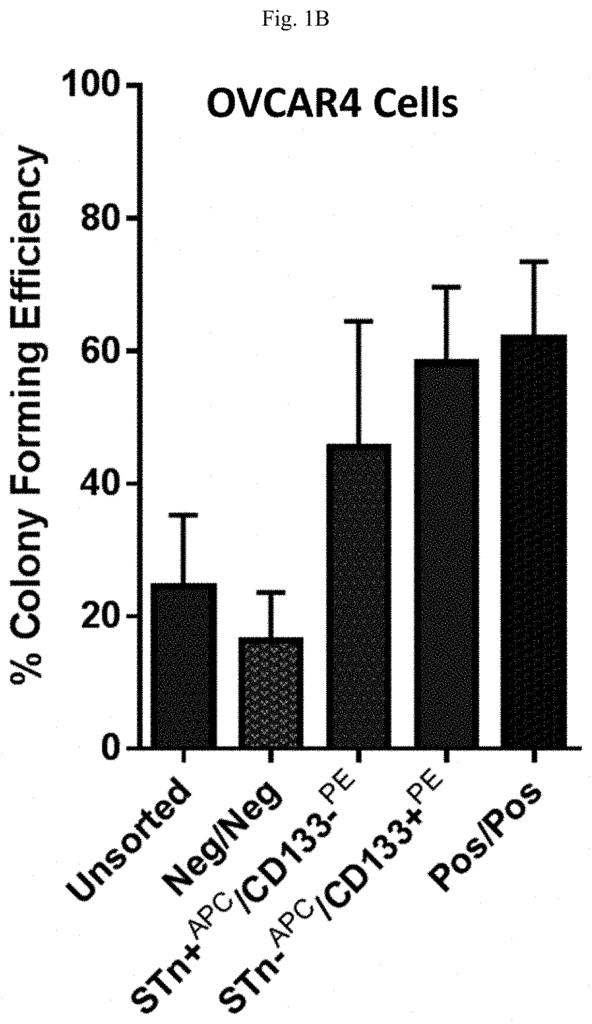
Background for Compositions, methods and compositions for targeting cancer stem cells
Introduction
Definitions
I. Compositions of the Invention
Antibodies
Antibody Development
Targets
Recombinant Antibodies
Anti-Tn Antibodies
Anti-STn Antibodies
Antibody Components
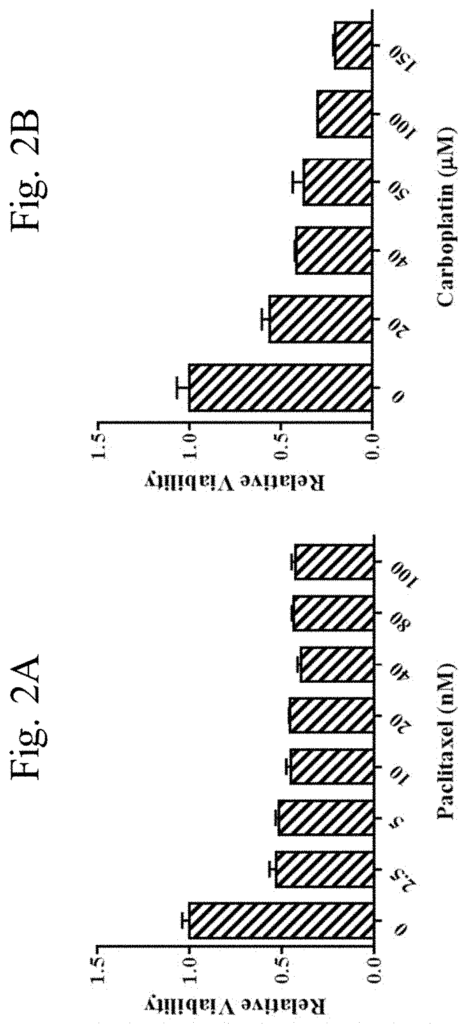
IgG Synthesis
Cancer-Related Targets
Immunogenic Hosts
Adjuvants
Antibody Characterization and Testing
Cell-Based Assays
Glycan Arrays
Antibody Fragment Library Screening Techniques
Development and Cytotoxic Antibodies”.
Development and Chimeric Antigen Receptors”.
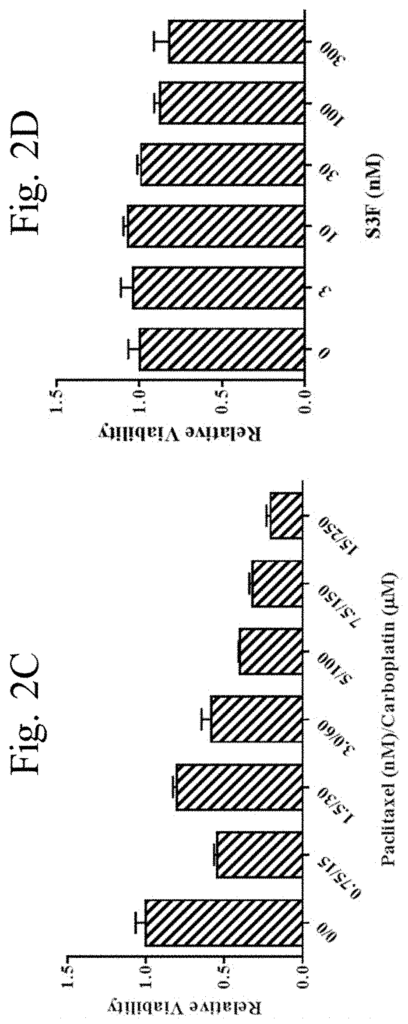
Structural features of Chimeric Antigen receptors
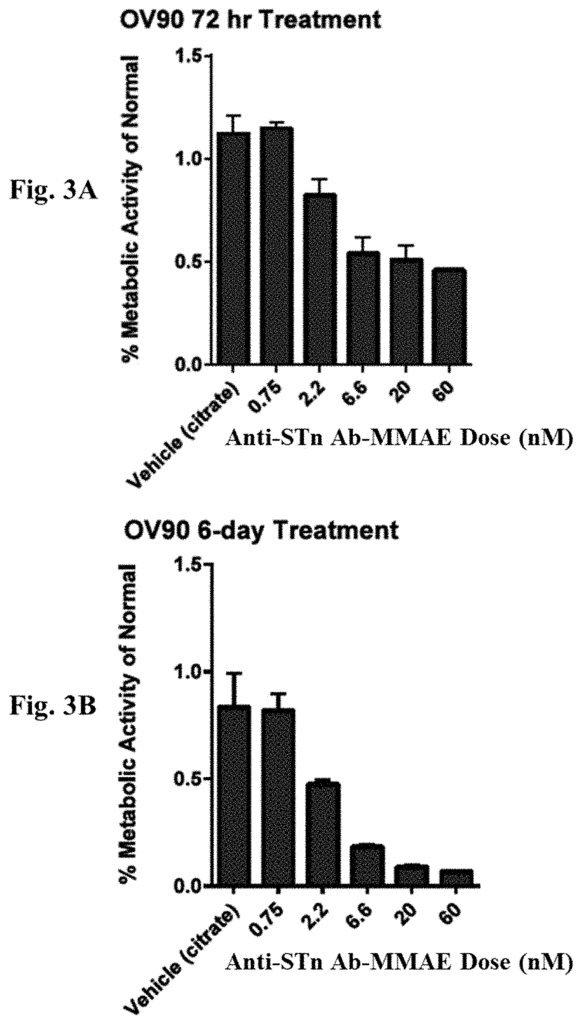
Click here to view the patent on Google Patents.
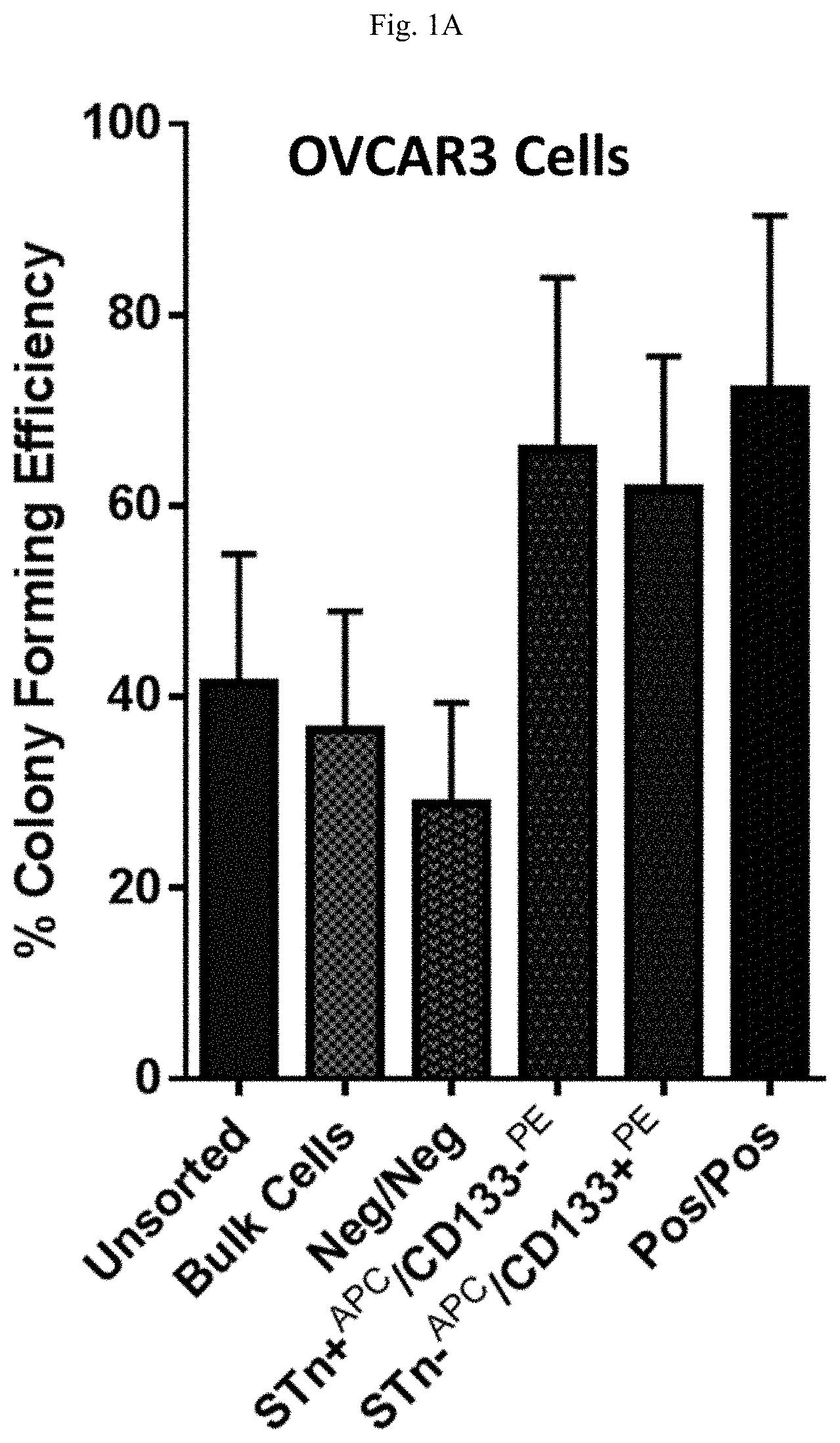
Leave a Reply